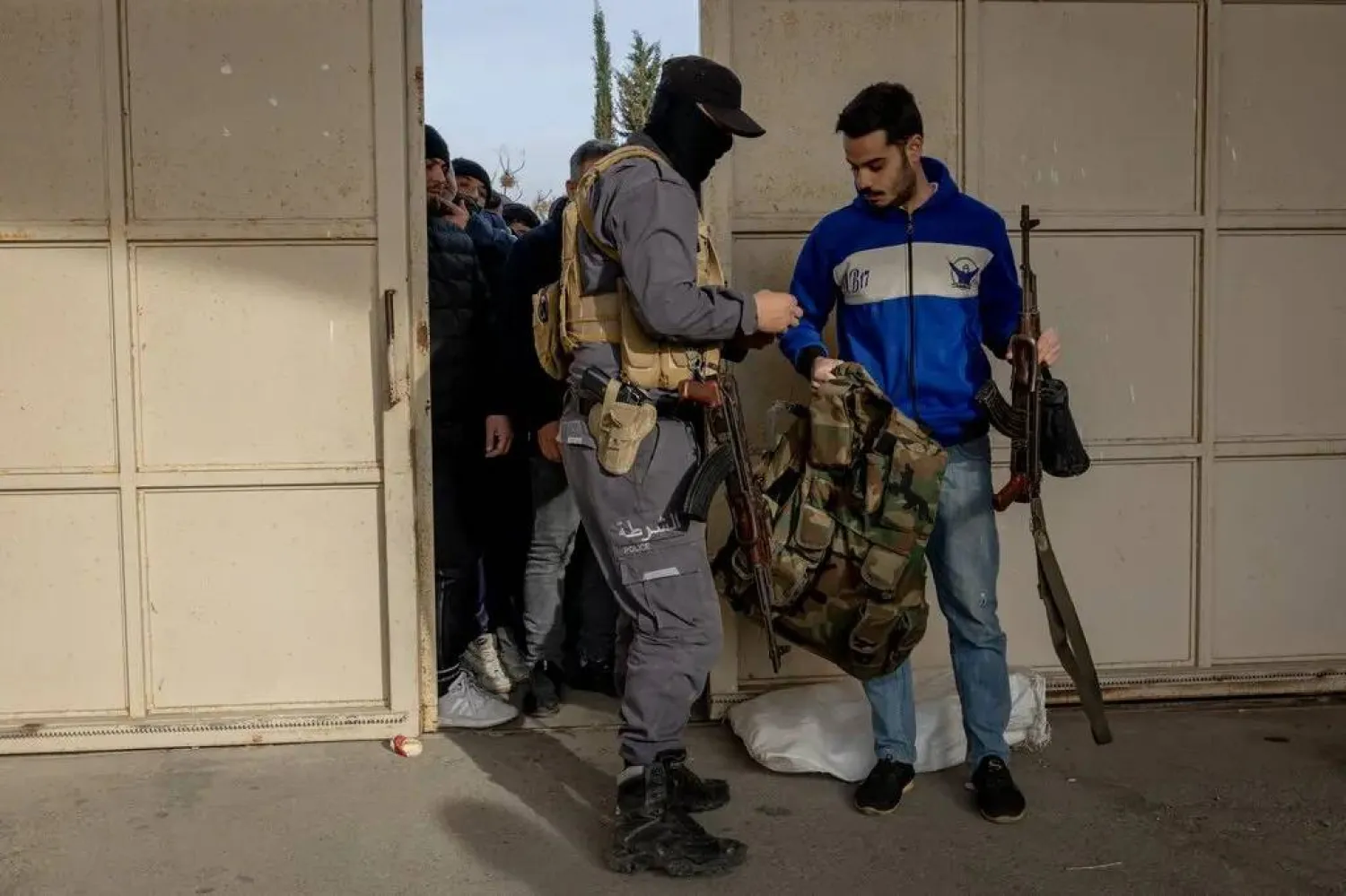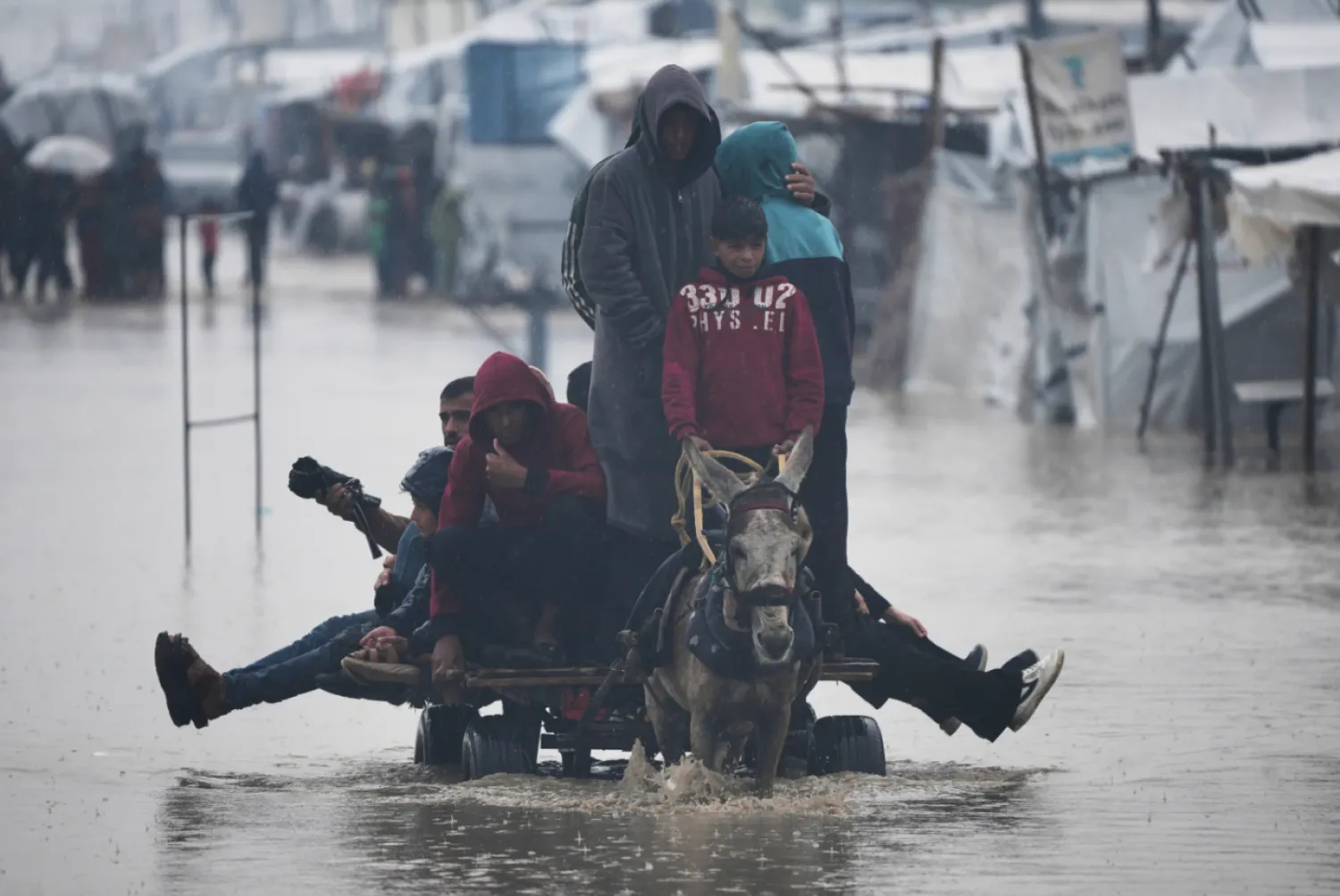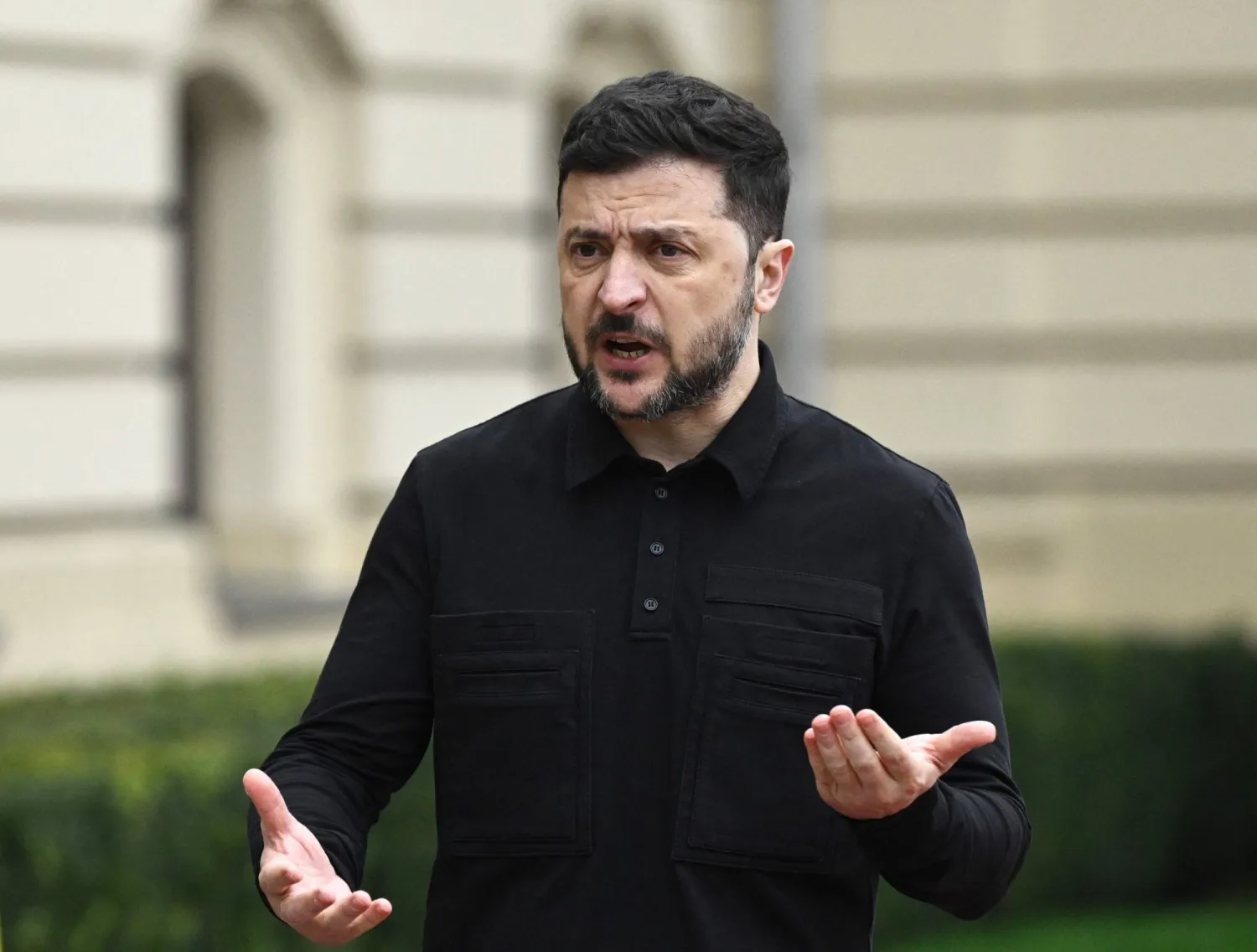Two days before the eruption of the popular protests in Libya in February 2011, late ruler Moammar al-Gaddafi was very confident that he and his regime would withstand the pressure.
Along with his officials and security and intelligences agencies, he believed that nothing would happen, that the protests would be short-lived and his regime would endure.
The scene was different on social media, such as Facebook, where – for the first time – the Libyans displayed a boldness and did not hide behind fake names to express their opposition to the regime.
The spark was lit on February 15, 2011 with the arrest of lawyer Fathi Terbil in the eastern city of Benghazi. Terbil represented relatives of more than 1,000 prisoners allegedly massacred by security forces in Tripoli's Abu Salim jail in 1996. He was eventually freed.
The timing was bad. Security forces believe that they could prevent people from marking the anniversary of clashes that had taken place on February 17, 2006. Fourteen people were killed in the fighting that erupted with security forces and protesters, who had attacked the Italian consulate in wake of the publishing of offensive cartoons of the Prophet Mohammed.
On the fateful night in February 2011, the families of the prisoners had gathered in front of the police headquarters in Benghazi before marching on towards the central part of the city.
What ensued was the moment of truth for the army and military. The regime realized that it had committed a major error when it deprived the military of training and had limited changes to its leadership. For years, Gaddafi, wary of military coups against his rule, had stripped the military of its weapons and only appointed officials he trusted to leadership positions.
Trust trumped competence and the result was an army, security and intelligence force that collapsed at the slighted popular pressure. State institutions then followed. Libya teetered on the brink and has been in such a state ever since.
The west, eager to overthrow the old regime, soon provided the people with weapons. The result was thousands of undisciplined gunmen, who forged alliances with militias, which now are the only organized army in the oil-rich country.
In February, Libya will mark ten years of the ouster of the Gaddafi regime. The people have nothing to celebrate as the country is still mired in chaos and the United Nations is still grasping at straws to reach a political breakthrough to end the suffering.
The Libyans traded the ouster of the regime for chaos in a country that is now a failed state.
They face the daunting task of fighting corruption and demanding militias to lay down their weapons and in turn release their grip on the country’s natural wealth.
Added to the equation is Turkey, which is backing the Tripoli-based Government of National Accord (GNA). The GNA, headed by Fayez al-Sarraj, has surrounded itself with militias and mercenaries that are backed by Ankara.
Complicating the scenario are regional and international interests in Libya and how they impact military, political and economic developments in the country.
Amid these struggles, the regular civilian pays the price. They embraced the revolution only to be met with revolutionaries who refuse to lay down their weapons and build a state.









